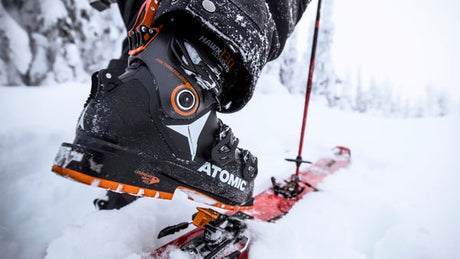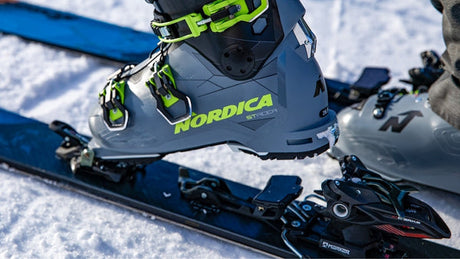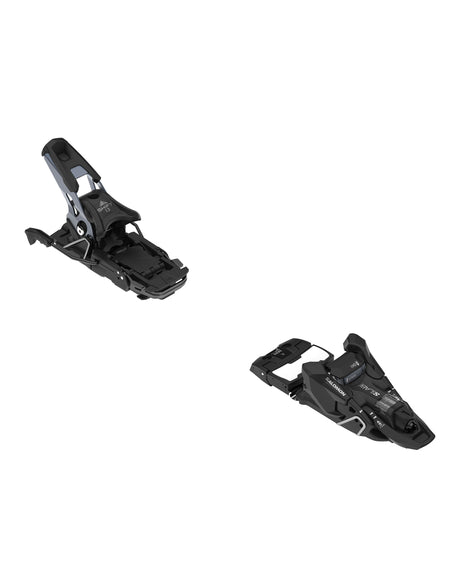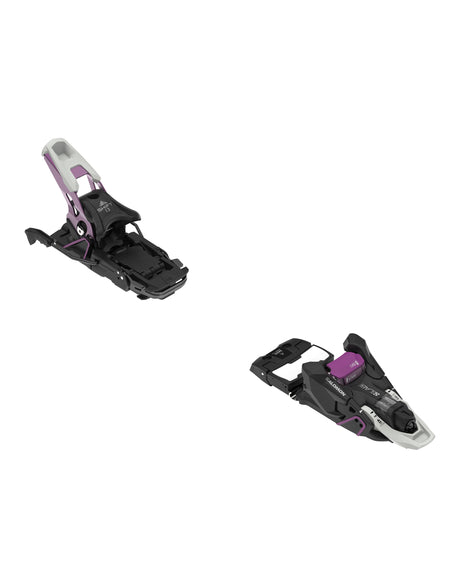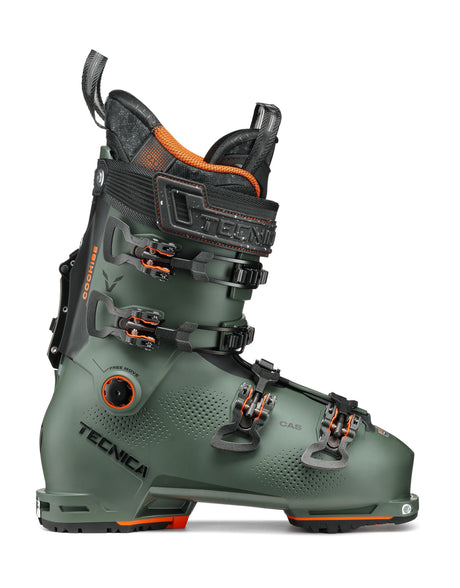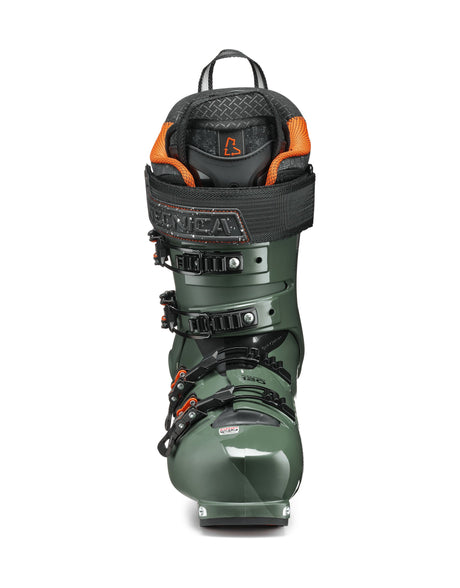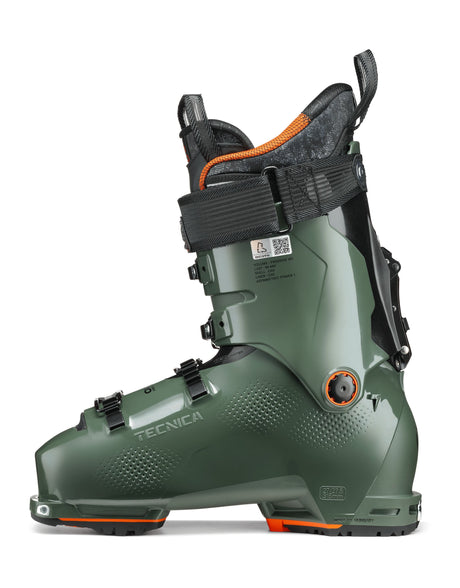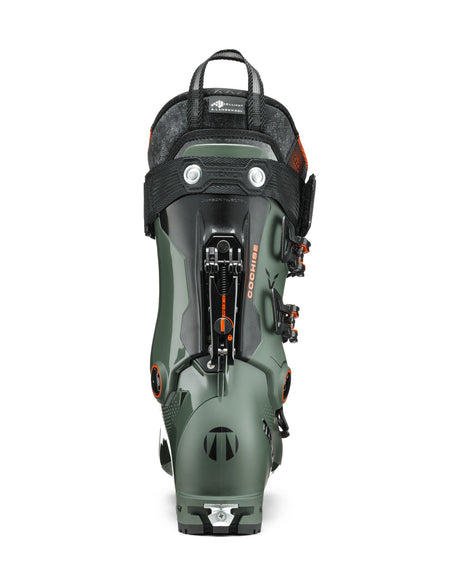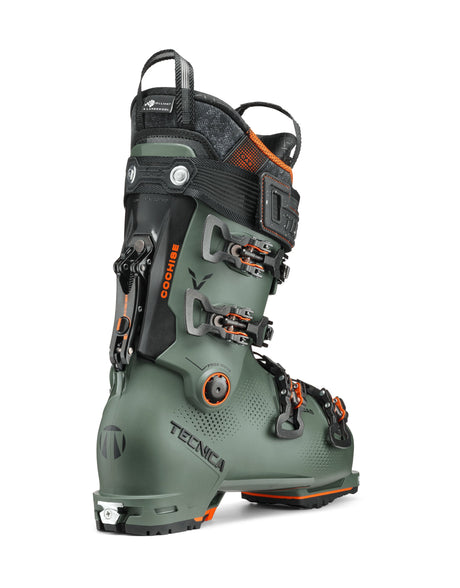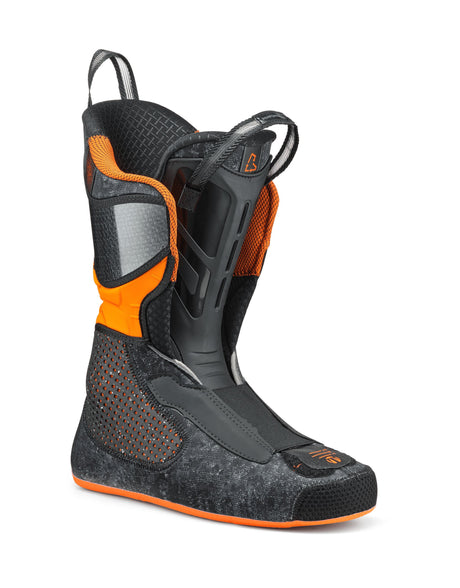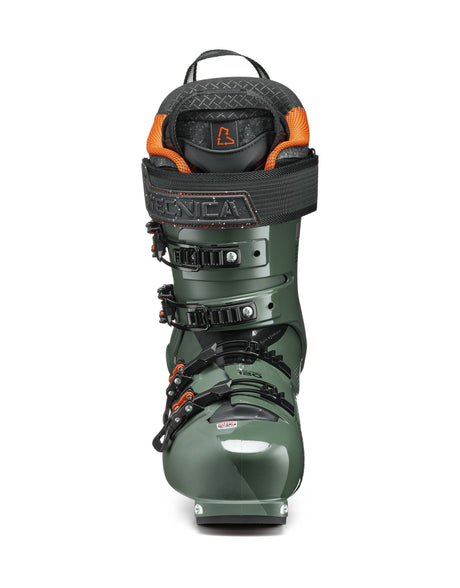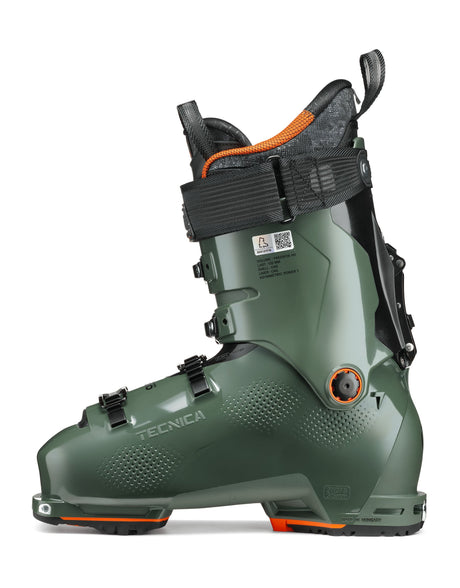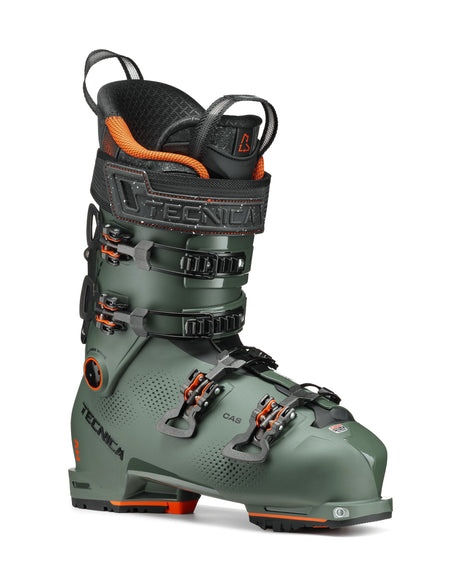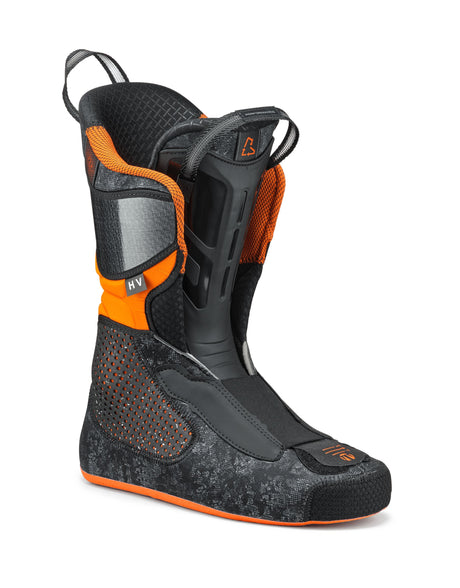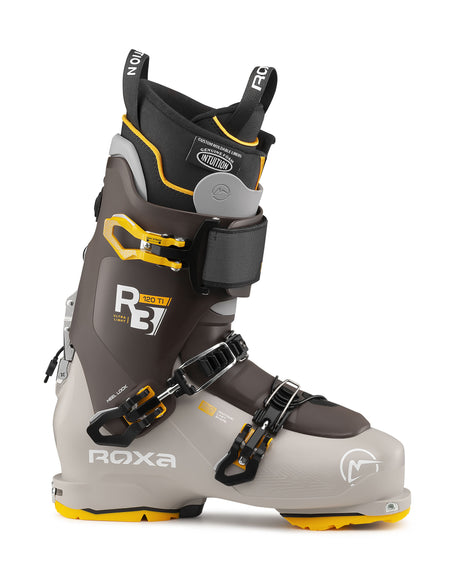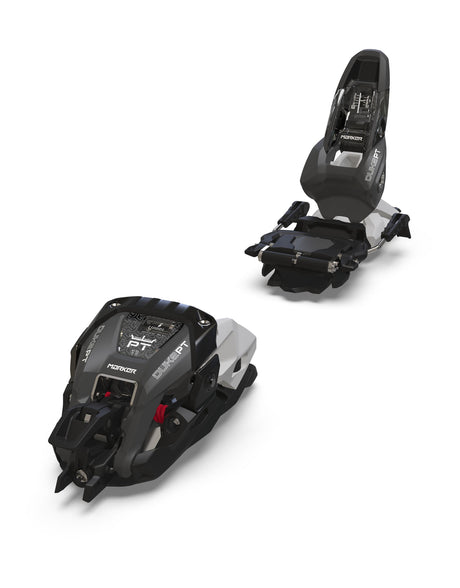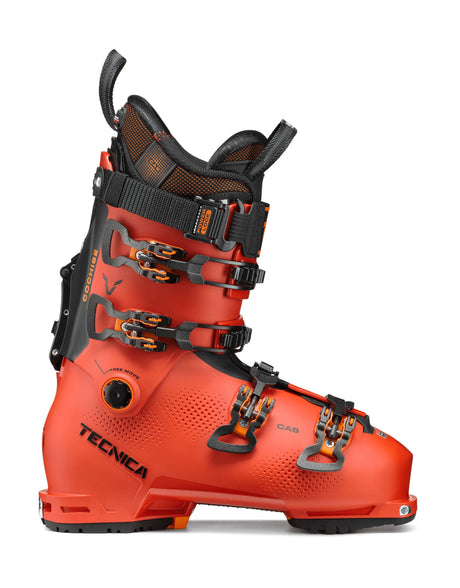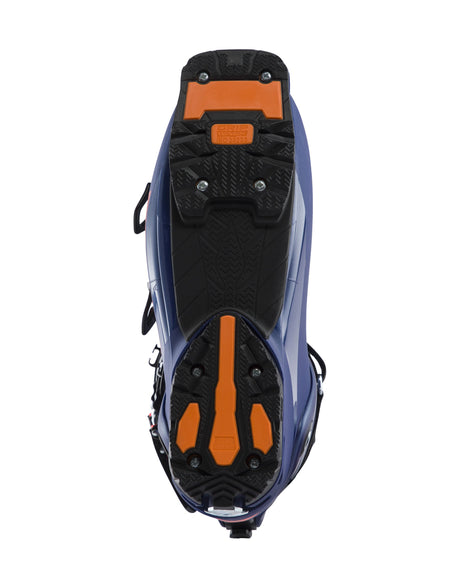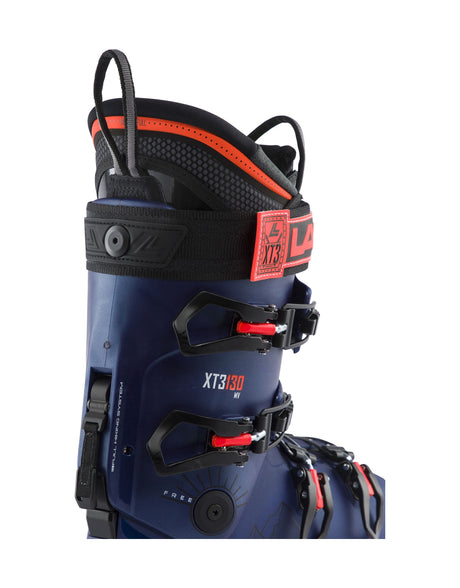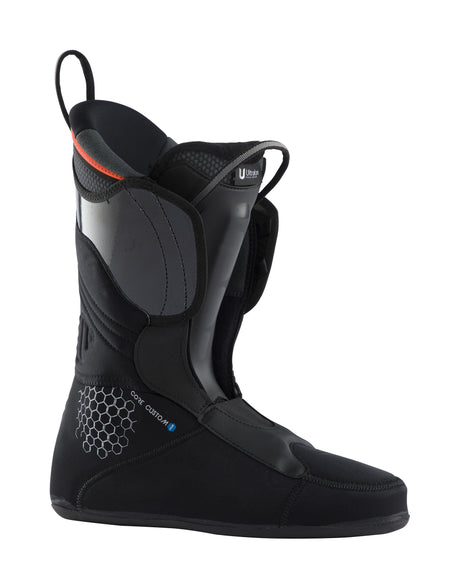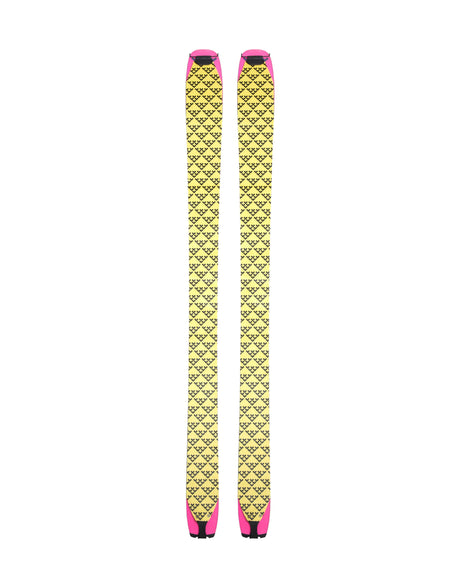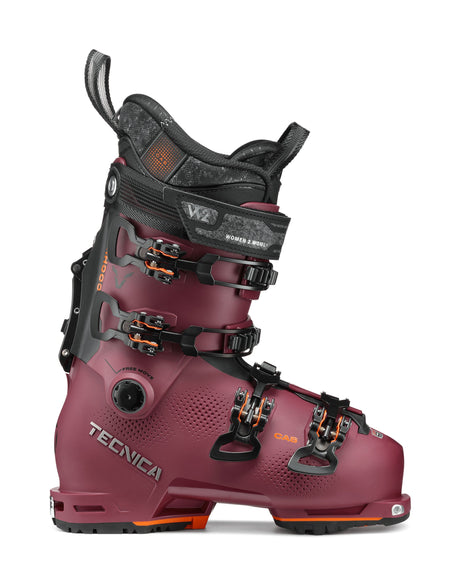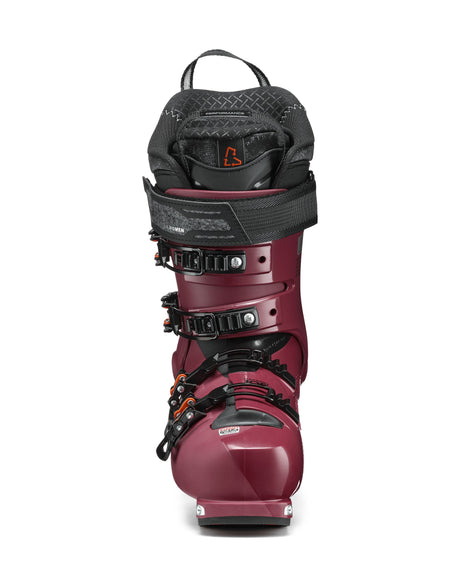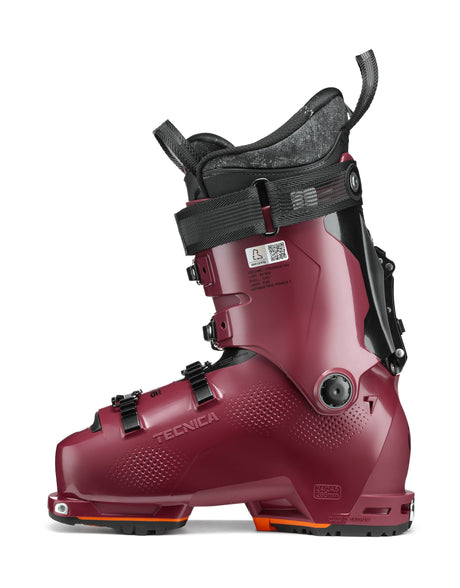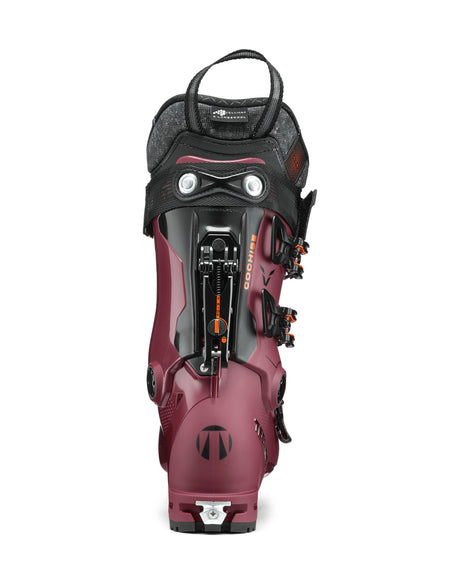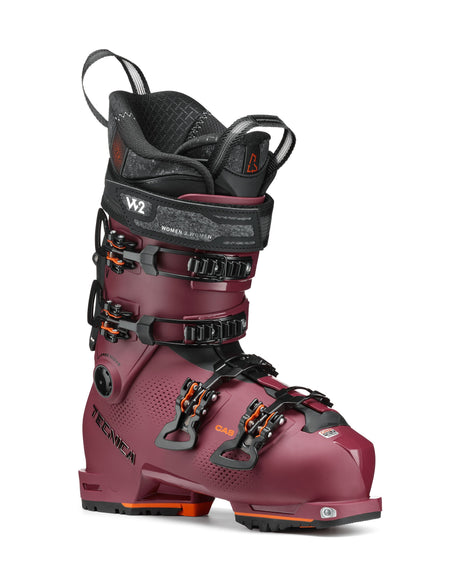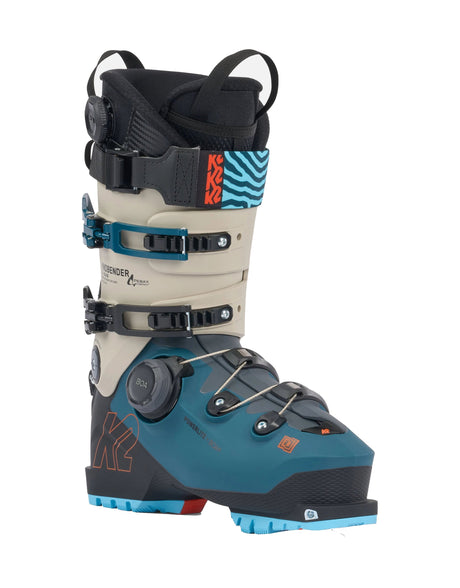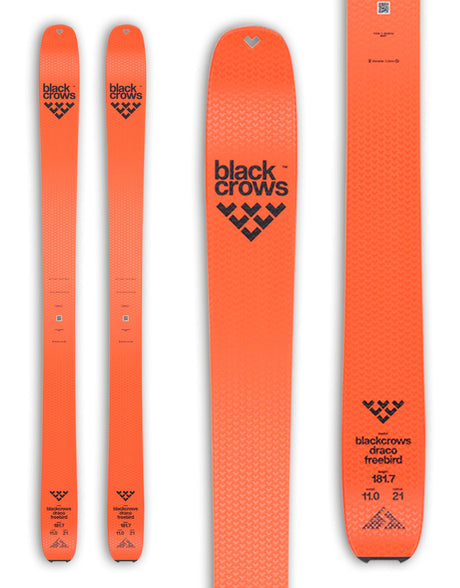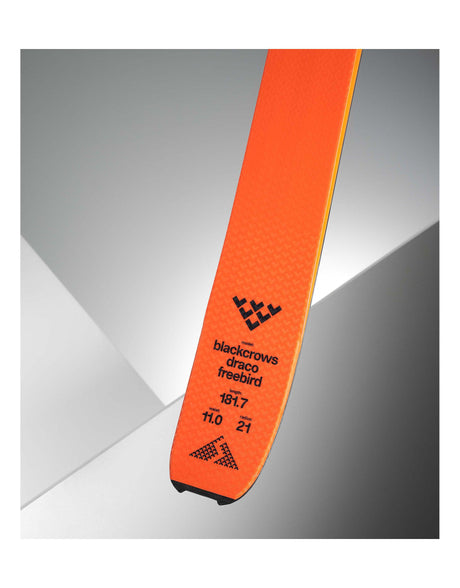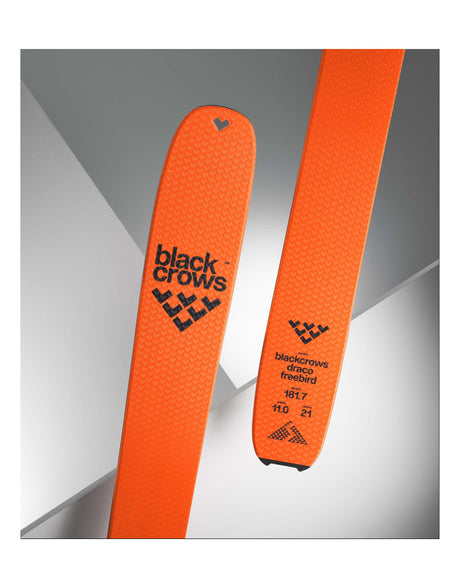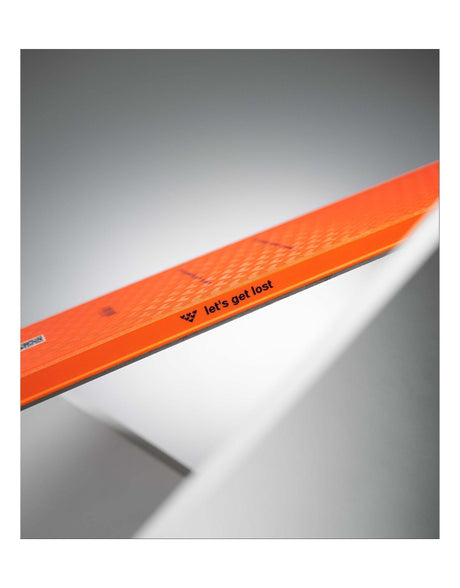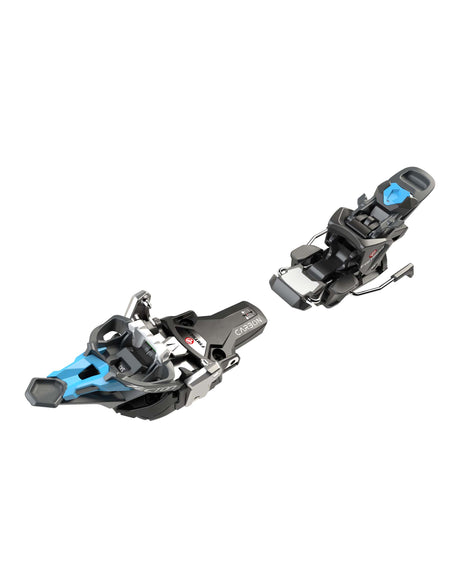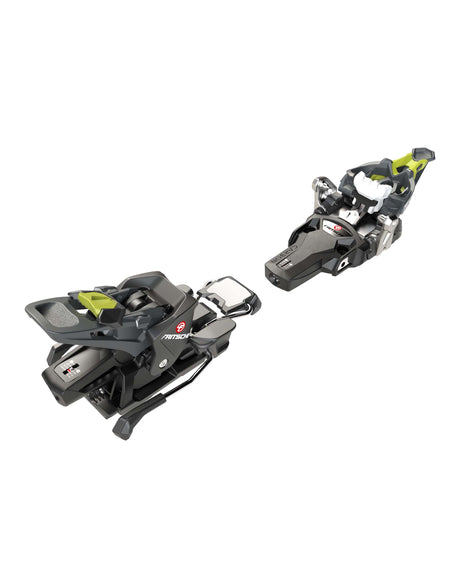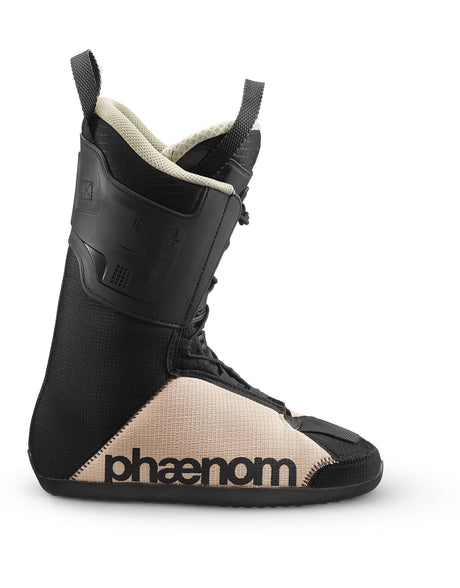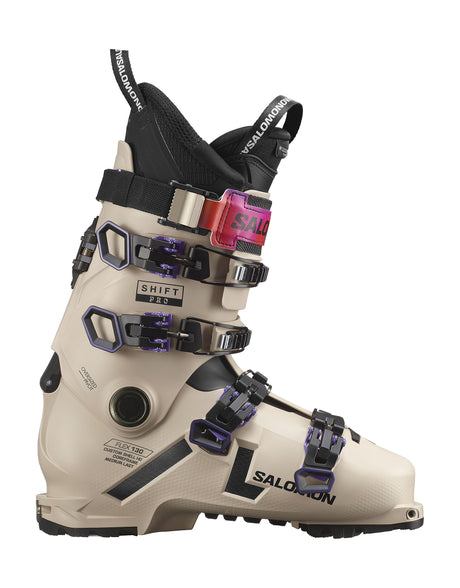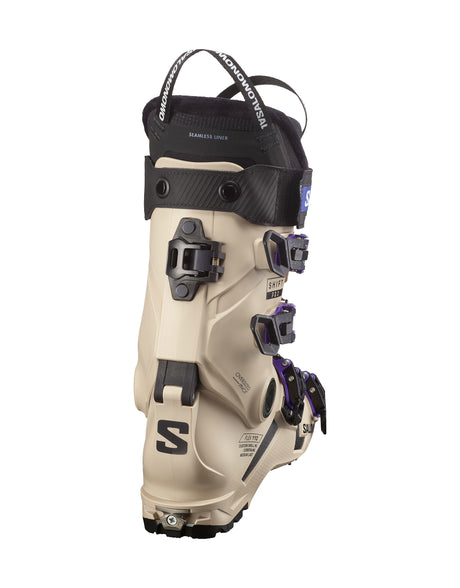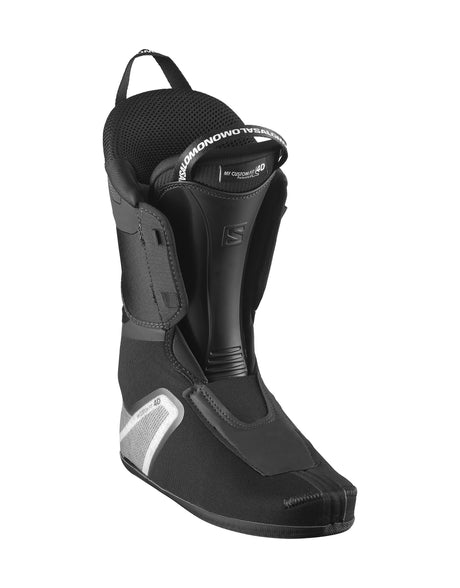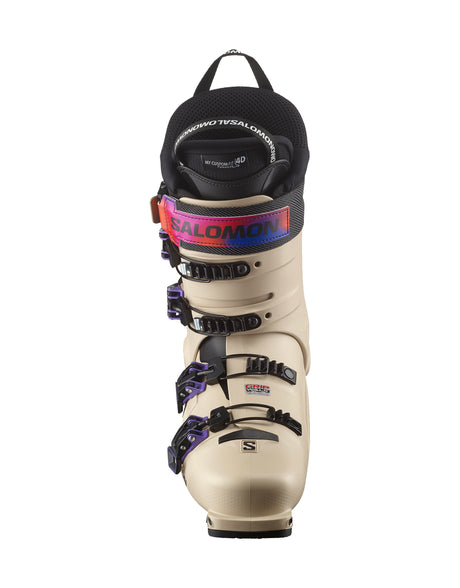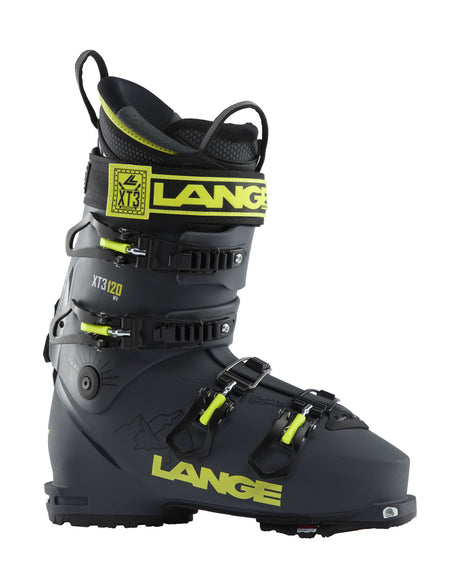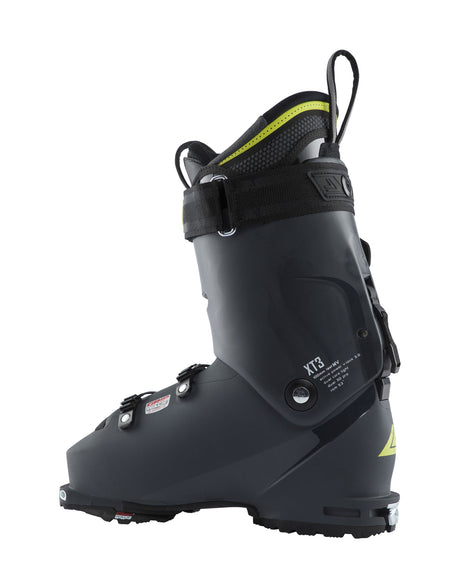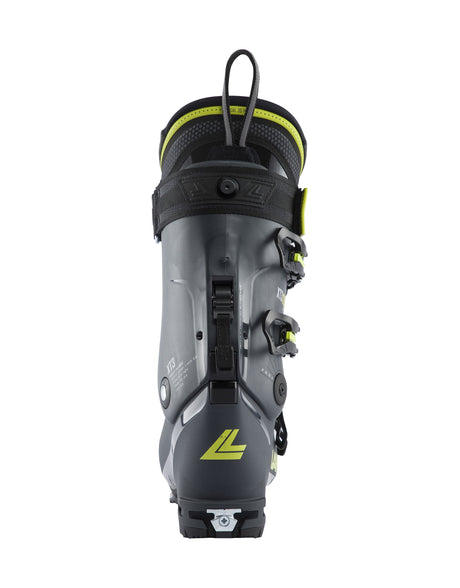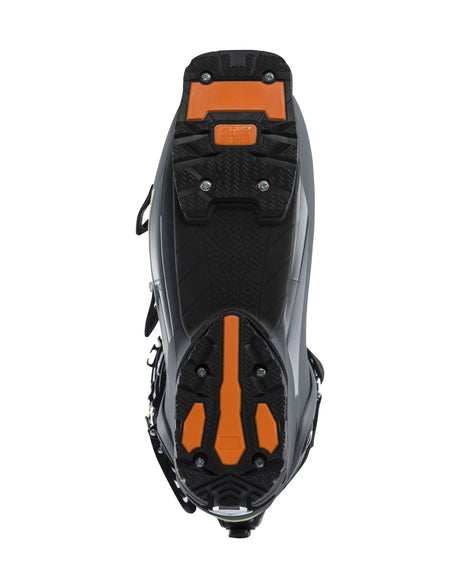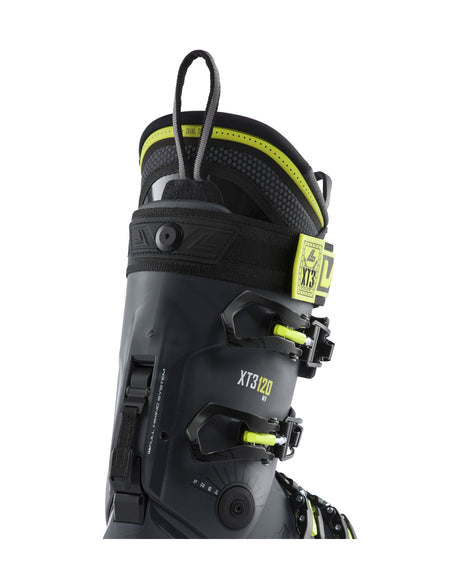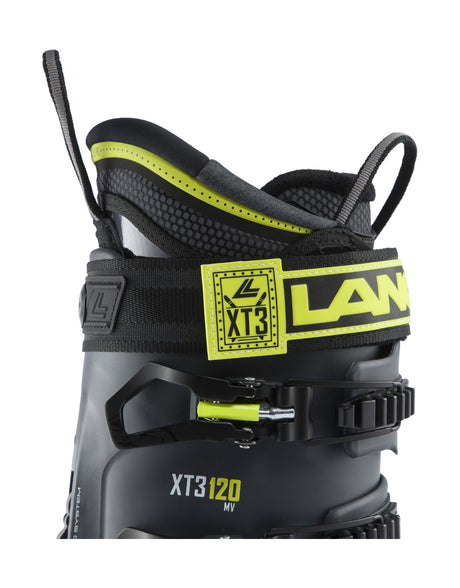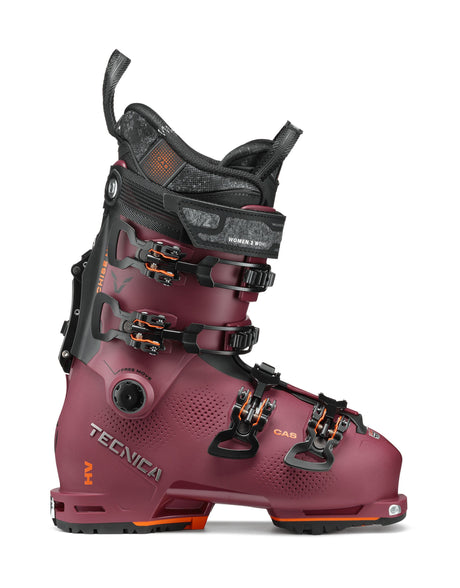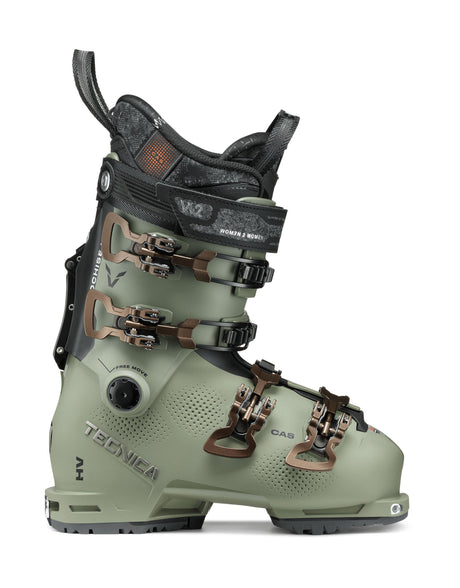Salomon S/Lab Shift 13 2 MNC Alpine Touring Ski Bindings
Regular price $1,04999Unit price /Unavailable- 10% off
Tecnica Cochise 120 Dyn GW TR Ski Boots
Sale price $1,07999 Regular price $1,19999Unit price /Unavailable - 10% off
Tecnica Cochise HV 120 Dyn GW TR Ski Boots
Sale price $1,07999 Regular price $1,19999Unit price /Unavailable Roxa R3 120 GW Alpine Touring Ski Boots
Sale price $94499 Regular price $1,04999Unit price /UnavailableSalomon S/Lab Shift 2 10 MNC Alpine Touring Ski Bindings
Regular price $99999Unit price /UnavailableMarker Duke PT 11 Alpine Touring Bindings
Sale price $89999 Regular price $99999Unit price /UnavailableTecnica Cochise 130 Dyn TR GW Ski Boots
Sale price $1,16999 Regular price $1,29999Unit price /UnavailableRoxa R3W 105 GW Womens Alpine Touring Ski Boots
Sale price $89999 Regular price $99999Unit price /Unavailable- 10% offSale price $1,12499 Regular price $1,24999Unit price /Unavailable
- 10% off
Tecnica Cochise 105 Dyn GW Womens Ski Boots
Sale price $98999 Regular price $1,09999Unit price /Unavailable - 20% offSale price $75999 Regular price $94999Unit price /Unavailable
K2 Mindbender 130 BOA Alpine Touring Ski Boots
Sale price $1,48499 Regular price $1,64999Unit price /UnavailableTecnica Zero G Tour Pro Alpine Touring Ski Boots
Regular price $1,64999Unit price /UnavailableElan Ripstick 102 Black Edition Skis 2026
Sale price $1,39499 Regular price $1,54999Unit price /Unavailable- 10% off
Black Crows Draco Freebird Alpine Touring Skis
Sale price $1,52999 Regular price $1,69999Unit price /Unavailable - 10% off
Fritschi Tecton 13 Alpine Touring Ski Bindings
Sale price $1,19699 Regular price $1,32999Unit price /Unavailable - 10% offSale price $1,16999 Regular price $1,29999Unit price /Unavailable
Contour Guide Mix Climbing Skins
Regular price From $30999Unit price /UnavailableElan Ripstick 94 Womens Skis 2026
Sale price $1,07999 Regular price $1,19999Unit price /Unavailable- 10% offSale price $1,03499 Regular price $1,14999Unit price /Unavailable
Tecnica Cochise HV 105 Dyn GW Womens Ski Boots
Sale price $98999 Regular price $1,09999Unit price /UnavailableTecnica Cochise 95 Dyn GW Womens Ski Boots
Sale price $94499 Regular price $1,04999Unit price /Unavailable



